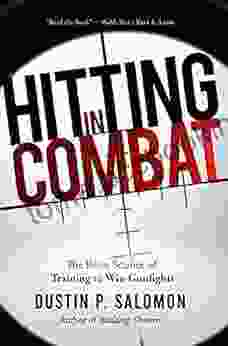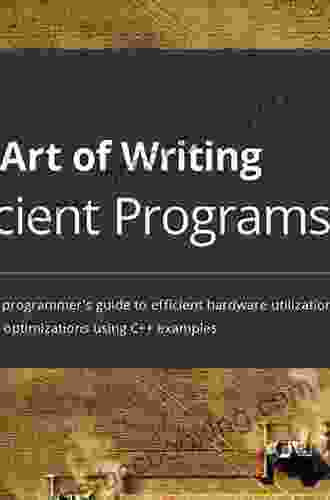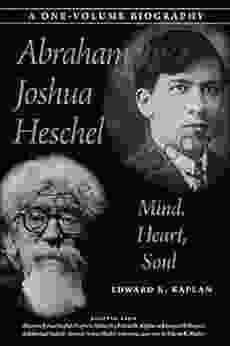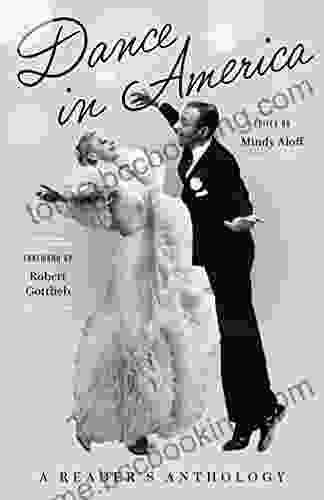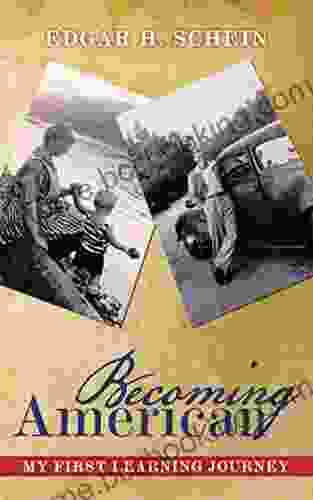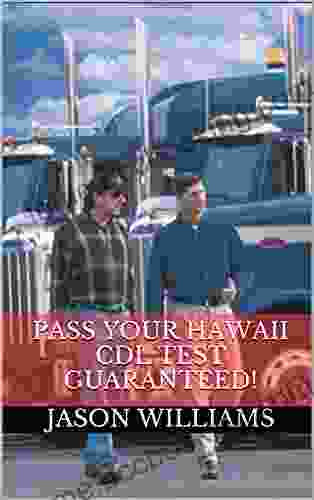The Brain Science of Training to Win Gunfights: Maximizing Performance Under Pressure

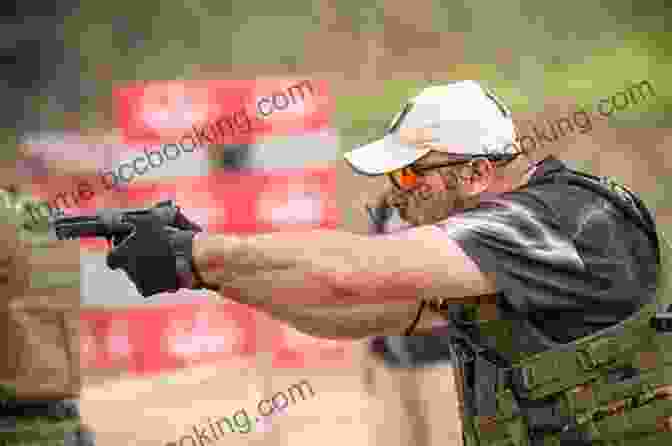
In the high-stakes world of gunfights, success hinges upon not only technical proficiency but also the ability to perform optimally under intense cognitive and physiological stress. This book delves into the latest findings in brain science to provide a comprehensive understanding of how the brain functions during gunfights and how training can be tailored to maximize performance.
4.3 out of 5
| Language | : | English |
| File size | : | 2301 KB |
| Text-to-Speech | : | Enabled |
| Screen Reader | : | Supported |
| Enhanced typesetting | : | Enabled |
| Word Wise | : | Enabled |
| Print length | : | 116 pages |
| Lending | : | Enabled |
Cognitive Factors
Cognitive factors play a crucial role in gunfight performance, including:
- Attention and Focus: Maintaining a focused and sustained attention on the target is essential for accurate shooting. Training can enhance attentional control through exercises like target discrimination and attention-shifting drills.
- Decision-Making: Split-second decision-making is vital in gunfights. Training can improve cognitive flexibility, allowing shooters to adapt to rapidly changing situations and make sound judgments under pressure.
- Situational Awareness: Quickly assessing the environment and recognizing potential threats are critical for survival. Training can enhance situational awareness through drills that simulate real-world scenarios.
Physiological Factors
Physiological factors also significantly impact gunfight performance:
- Stress Response: The body's natural stress response can impair cognitive and motor functions. Training can mitigate these effects by exposing shooters to controlled stress during drills and simulations.
- Neuromuscular Control: Precision shooting requires fine motor control and coordination. Training can improve neuromuscular control through repetitive practice and exercises that enhance stability and coordination.
- Physical Conditioning: Adequate physical fitness is essential for maintaining focus and endurance during prolonged gunfights. Training should incorporate cardiovascular and strength components to optimize physical performance.
Training Strategies
Based on the brain science research, the book presents practical training strategies to improve gunfight performance:
- Cognitive Training: Engage in drills that challenge attention, decision-making, and situational awareness. Incorporate timed drills and variations to simulate real-world pressures.
- Physiological Training: Include cardiovascular, strength, and neuromuscular exercises in your training regimen. Progressively increase the intensity and duration of drills to enhance endurance and control.
- Stress Inoculation Training: Safely expose shooters to controlled stress during training through realistic simulations and scenario-based drills. This helps mitigate the negative effects of stress on performance.
- Cognitive Rehearsal: Practice mentally rehearsing gunfight scenarios and potential threats. Visualize successful execution and develop strategies for handling various situations.
By understanding the brain science behind gunfight performance and implementing the training strategies outlined in this book, shooters can significantly enhance their ability to perform effectively under pressure. Whether you're a law enforcement officer, military personnel, or a civilian carrying for self-defense, this invaluable resource provides the knowledge and tools to maximize your chances of success in a life-or-death confrontation.
4.3 out of 5
| Language | : | English |
| File size | : | 2301 KB |
| Text-to-Speech | : | Enabled |
| Screen Reader | : | Supported |
| Enhanced typesetting | : | Enabled |
| Word Wise | : | Enabled |
| Print length | : | 116 pages |
| Lending | : | Enabled |
Do you want to contribute by writing guest posts on this blog?
Please contact us and send us a resume of previous articles that you have written.
 Book
Book Novel
Novel Page
Page Chapter
Chapter Text
Text Story
Story Genre
Genre Reader
Reader Library
Library Paperback
Paperback E-book
E-book Magazine
Magazine Newspaper
Newspaper Paragraph
Paragraph Sentence
Sentence Bookmark
Bookmark Shelf
Shelf Glossary
Glossary Bibliography
Bibliography Foreword
Foreword Preface
Preface Synopsis
Synopsis Annotation
Annotation Footnote
Footnote Manuscript
Manuscript Scroll
Scroll Codex
Codex Tome
Tome Bestseller
Bestseller Classics
Classics Library card
Library card Narrative
Narrative Biography
Biography Autobiography
Autobiography Memoir
Memoir Reference
Reference Encyclopedia
Encyclopedia Elisabeth M Raab
Elisabeth M Raab Gabriel Weinberg
Gabriel Weinberg Ed Kugler
Ed Kugler Edward D Hess
Edward D Hess Edmund S Phelps
Edmund S Phelps Edwina Wyatt
Edwina Wyatt Edward Allen
Edward Allen Elisa Russell
Elisa Russell Ed Sikov
Ed Sikov Dustin Graham
Dustin Graham Edwyn Forest
Edwyn Forest Marta Zafrilla
Marta Zafrilla Good Books
Good Books Elisabetta Panzica
Elisabetta Panzica Elena Romero
Elena Romero E M Wilmot Buxton
E M Wilmot Buxton Durenda Wilson
Durenda Wilson Elisa Puricelli Guerra
Elisa Puricelli Guerra Eddie S Glaude Jr
Eddie S Glaude Jr Mark Isaacs
Mark Isaacs
Light bulbAdvertise smarter! Our strategic ad space ensures maximum exposure. Reserve your spot today!
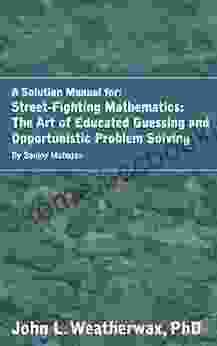
 Cormac McCarthyUnleashing the Power of Educated Guessing and Opportunistic Problem Solving:...
Cormac McCarthyUnleashing the Power of Educated Guessing and Opportunistic Problem Solving:... Jerome BlairFollow ·15.7k
Jerome BlairFollow ·15.7k George Bernard ShawFollow ·18k
George Bernard ShawFollow ·18k Daniel KnightFollow ·3.8k
Daniel KnightFollow ·3.8k Branson CarterFollow ·3.2k
Branson CarterFollow ·3.2k Hector BlairFollow ·18.6k
Hector BlairFollow ·18.6k Harrison BlairFollow ·2k
Harrison BlairFollow ·2k Kendall WardFollow ·3k
Kendall WardFollow ·3k W. Somerset MaughamFollow ·7.2k
W. Somerset MaughamFollow ·7.2k
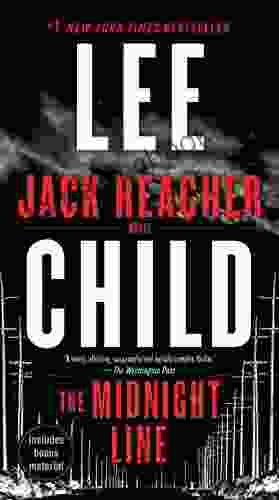
 Clarence Brooks
Clarence BrooksUncover the Secrets in the Dead of Night: Dive into Lee...
Step into the heart-stopping world of Jack...
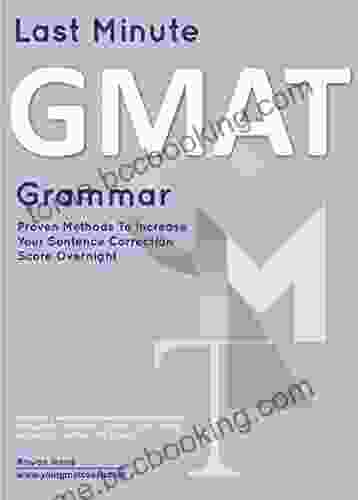
 Clay Powell
Clay PowellAce the GMAT Grammar Section: Your Last-Minute...
The GMAT is a challenging...

 Salman Rushdie
Salman RushdieEmbark on a Heartwarming Journey with "The All Together...
: Immerse yourself in the charming world of...
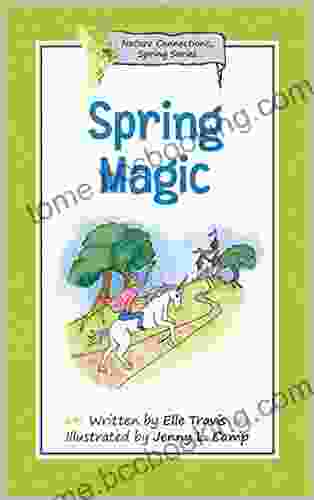
 Dawson Reed
Dawson ReedSpring Magic: Stunningly Illustrated Fun for Kids to...
Welcome to the Enchanting World of...
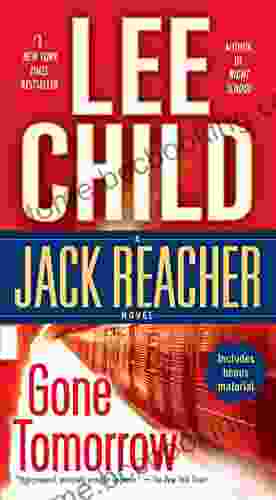
 Bradley Dixon
Bradley DixonGone Tomorrow: A Gripping Thriller by Lee Child that Will...
In the literary realm of thrillers, few...
4.3 out of 5
| Language | : | English |
| File size | : | 2301 KB |
| Text-to-Speech | : | Enabled |
| Screen Reader | : | Supported |
| Enhanced typesetting | : | Enabled |
| Word Wise | : | Enabled |
| Print length | : | 116 pages |
| Lending | : | Enabled |


